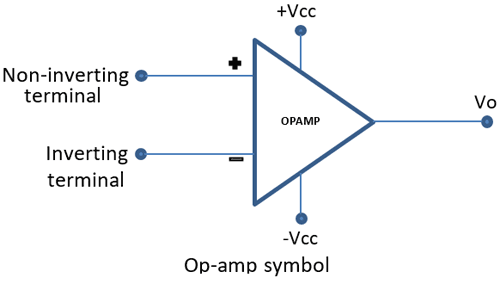Davide
Senior Member
So theoretically, it would be beneficial to apply it to my NC502MP too, right? (as well as all the other amplifiers in the worldThe question of the decade. I have no idea why they don't do it with all the gear. It makes sense to run them out of phase. The one drawback is that the speaker terminals are backwards. Like the 2 negatives/speaker-grounds are not common because they are out of phase. It's not uncommon for car audio amp users/installers to tie the amp grounds together and fry the amp. I've seen it many times. Other than that I don't see any reason to not to run them 180 degrees out of phase.
Inverting the phase on a channel and then connecting the speaker terminals in reverse is trivial to do ...
But how do I know that the technique is not already adopted by design in the Hypex powered modules?
(sorry for ot)



